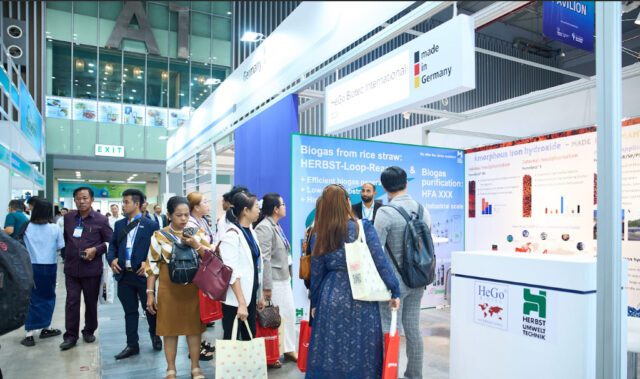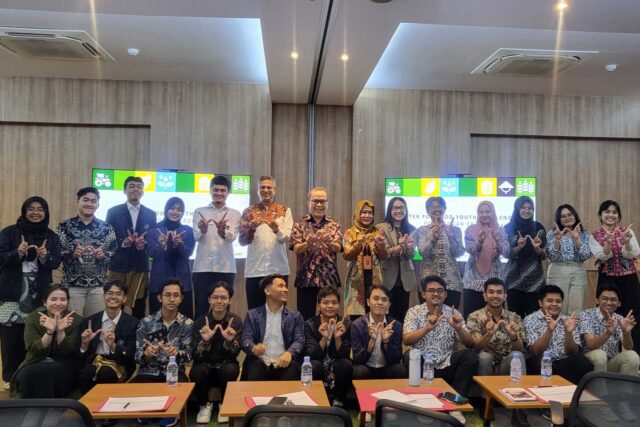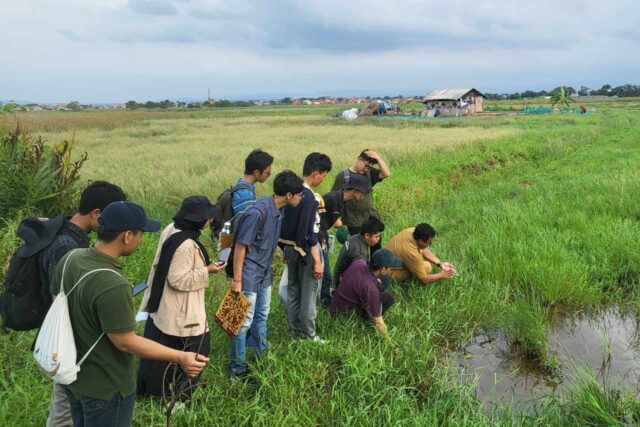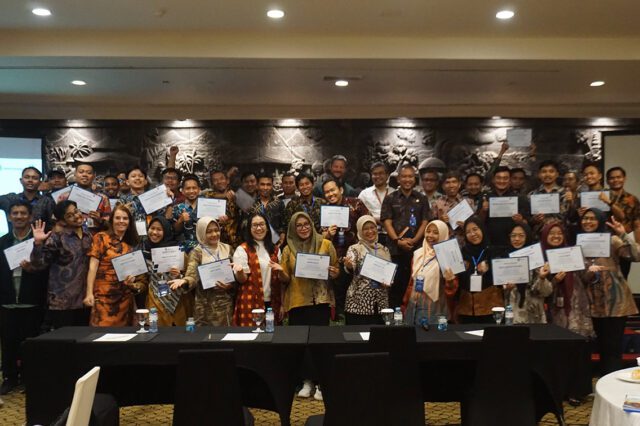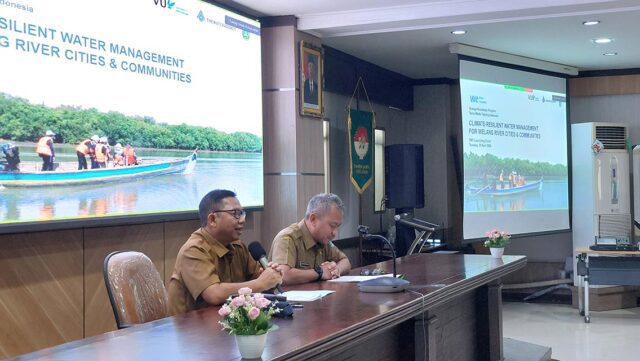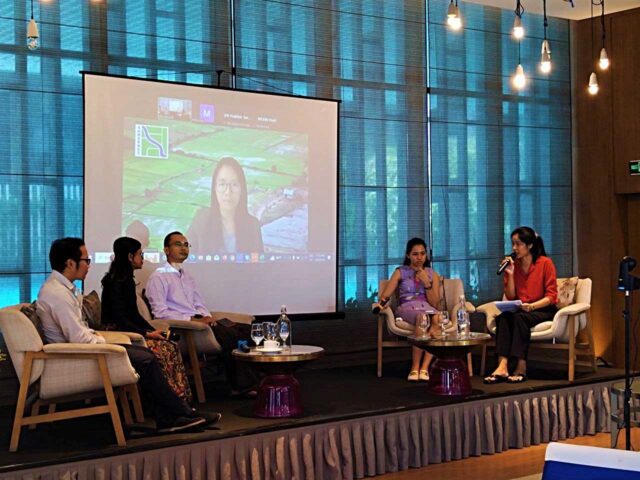The Pekalongan Batik Wastewater Project’s main activities started in May 2022, with the first Phase focused on the needs, solutions, and stakeholders, then connecting the pieces of information to understand the underlying issues and interests of the people in Pekalongan. This phase involved various stakeholder engagement and problem identification, which highlighted a series of challenges found in batik wastewater management.
Key Activities in Phase 1
1. Stakeholder Mapping and Engagement
To design effective solutions, it was crucial to first gain a deep understanding of the local dynamics and challenges in managing batik wastewater in Pekalongan. This required close engagement with local stakeholders to explore the complexities of the issue from multiple perspectives.
Throughout the project, we were introduced to and actively developed new contacts with many different stakeholders to better understand the batik and wastewater issues from many perspectives—governments and communities. Through those offline and online meetings and discussions, we can map out the roles and responsibilities of each of these stakeholders, limited only to the batik and wastewater issues. Key stakeholders include but are not limited to, Bappeda Pekalongan City (Regional Planning Agency), Museum Batik Pekalongan, and Universitas Pekalongan (Pekalongan University).
2. Problem Identification and Analysis
Through a series of meetings and site visits, we identified challenges in the operations and management of Pekalongan Batik production. One challenge is strengthening the relationship between batik producers and local government agencies, as there were differing perspectives on pollution responsibility. Additionally, previous initiatives by private companies and local governments faced challenges in achieving lasting impact due to limited inclusive buy-in and sustainability support. These discussions established the need for a collaborative approach that addresses both the producers’ needs and the city’s environmental goals.
(from left to right) Kick-off meeting; Visit to Batik Community; Visit the Kauman Communal Wastewater Treatment Plant
Further site visits to communal wastewater treatment plants and batik workshops provided valuable insights into the current system. The mixing of domestic and industrial wastewater and the limited capacity of existing treatment plants emerged as a significant issue. The site visits also revealed that many producers relied on outdated practices, contributing to water pollution, while technical support and infrastructure improvements remained lacking.
Based on these analyses, it was evident that addressing batik wastewater challenges in Pekalongan would require more than just technical solutions. We need to address the industry’s socio-economic vulnerabilities as well. However, the groundwork was laid for future phases, which will focus on identifying and selecting appropriate solutions and opportunities and matchmaking events.

